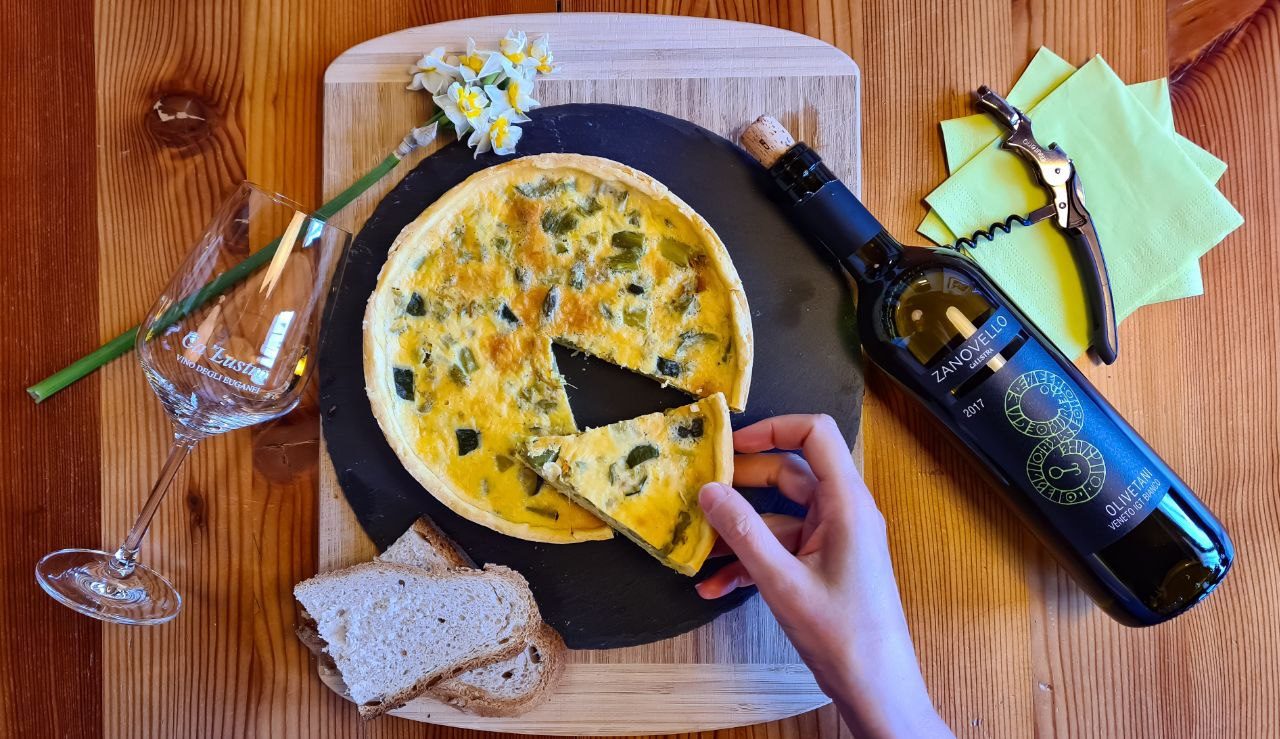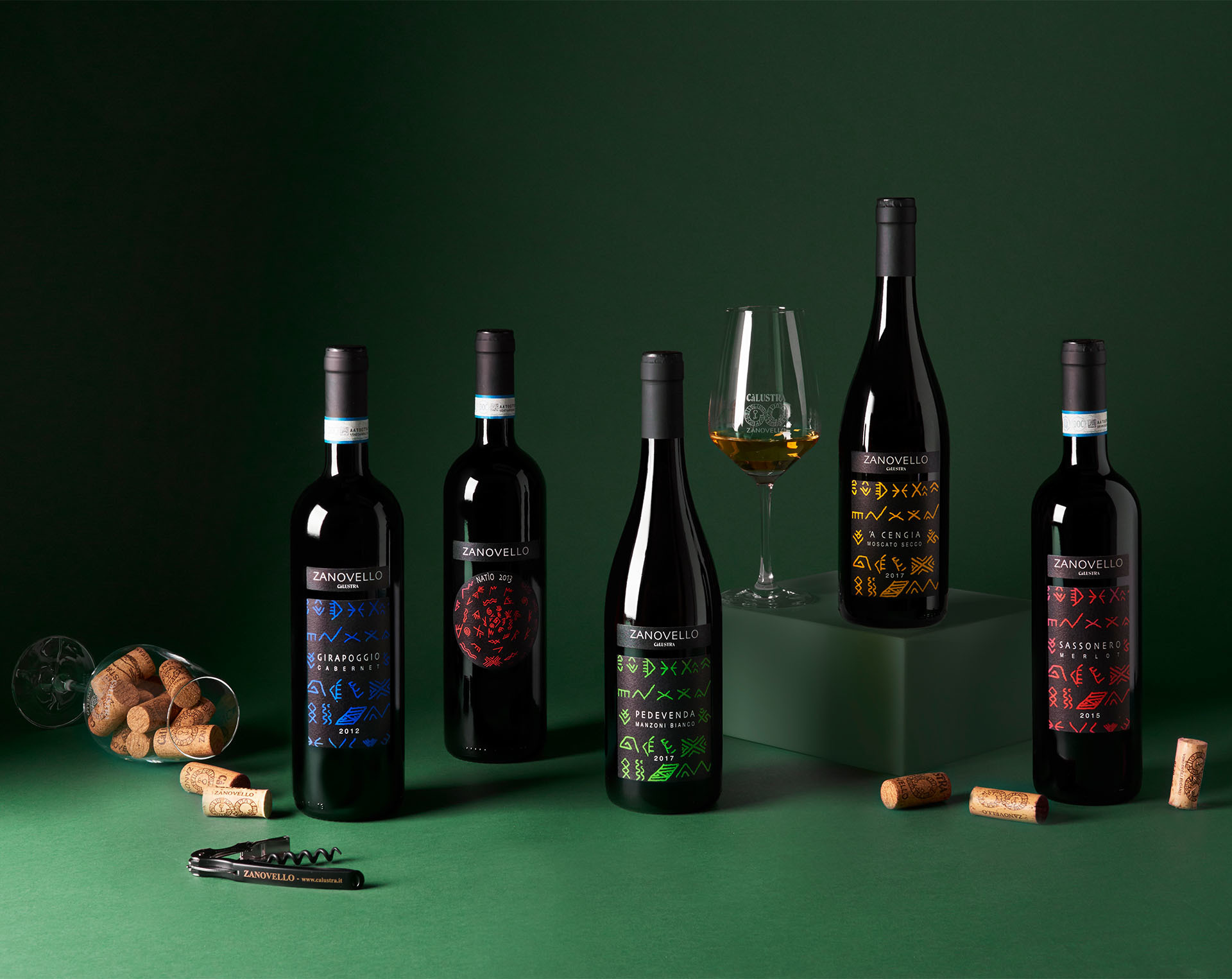
The value of old vintages

Our wines are made slowly and far.
But how do our Old Vintages Ca’ Lustra Zanovello are born?
In this article we take you with us to the winery and the countryside to discover how the wait that our Old Vintages impose on us is a great value and an opportunity for study.
The wines of the Zanovello Selections are characterised by good longevity and evolve with the passage of time. For more than 20 years we have kept several bottles aside to open and taste in due course to study their evolution.The wait has paid off with interesting surprises in both the Zanovello Selections and the simpler Ca’ Lustra Wines, even 10 to 20 years after the vintage.
Those who have taken part in our vertical tastings have had the opportunity to taste sometimes as many as 10-15 vintages of the same wine, giving them an overview of our company's evolution as well as the wine itself.
You can imagine that in recent years our stocks of older vintages have decreased.
Some bottles are sold out completely, of others we have very small quantities that we keep for special tastings.
However, with the recent expansion of the "Historic Reserve" warehouse, we were able to set aside more abundant stocks of the most interesting and long-lived wines.
The vintages are undoubtedly more recent, but we are able to share with you bottles from 2012 for reds and 2016 for whites.
Different bottles, different vintages: the choice is yours!
Not everyone at home has the right space, and sometimes the patience, to wait for wines until the best time for consumption. We strived to keep aside a few hundred bottles of the wines that we believe will give us more emotions as time goes by.
And not just red wines. That red wine improves over time is a well-known fact. Not everyone has experienced those whites can also evolve and give great satisfaction.
Another aspect that always tickled our fancy was being able to offer a choice of vintage. Over time, we proposed vertical boxes with 3 or 6 vintages of the same wine, but we wanted to allow everyone to always choose bottles according to their own taste or curiosity. You might want to try the 2017 whites or the difference between the various vintages of the same wine, or simply to complete the personal collection you already have at home.
This is why we have decided to offer for sale the vintages we think are ready, with a wide choice of Moscato Secco 'A Cengia, Bianco Olivetani and Manzoni Bianco Pedevenda, Merlot Sassonero, Cabernet Girapoggio and Rosso Natìo.
And it doesn't end here, other wines and vintages will continue to be released in the future.
But how does wine change over time?
This is a great question and answering it in detail is not easy.
There are many conditions that influence the evolution of wine over time. Since we do not pretend to want to be exhaustive, let us now just briefly understand the evolution of some of the main components: aromas, acidity, tannin.
The aromas turn more and more towards the so-called "tertiary" aromas, those typical of evolution. In general, they translate into spicy and ethereal notes. The acidity becomes less evident and the tannin, where present, is transformed, becoming less astringent. The result of evolution therefore makes the wine generally softer and with greater taste-olfactory complexity.
Obviously, there are many other variables, such as the climatic trend of the individual vintage, the production method, the way and space the wine is stored, the cork. And, as always, there are exceptions that make us discover something new.
The value of old vintages
As you may have guessed by now, we like to share bottles, talk about wine and be amazed by an unexpected glass. However, we cannot limit ourselves to emotion alone. Wine for us is also study. Yes, because to make good wine we have to keep experimenting.
It all started here: a few decades ago we felt the need to keep a few bottles aside to taste after a few months and then a few years. We thus began to evaluate our work made up of combinations of varieties, soil, micro-climate, training systems, pruning, planting layout and exposure. In addition to this there is a lot of small (or large) work in the vineyard to favour a qualitatively better production and a natural richness of organic substance in the soil.
Secondly, there is the work in the cellar: vinification and micro-vinification, experiments with maceration, filtration, clarification... Various operations that require less intervention in the cellar the more we work well in the vineyard.
And then come the containers for maturing the wine (wood, steel, cement). Choices that also have long-term consequences and require dozens of trials and years of waiting to see the results.
Tasting wine over time helps us understand its evolution and allows us to act in the best way to achieve good, balanced wines from cellar to bottle.
An example of current choices? Adapting to climate change with as little environmental impact as possible. That is, doing ‘’the best we can with what we have’’, trying for example to plant the varieties that can give us the best fruit in the most suitable locations, often now different from what they were 20 or 30 years ago. Or working with old native varieties, both white and red. For example, the Pinella, a very acidic grape, if planted in the warmest places today can give interesting results not only in sparkling wine. In short, it is important to build on past experience and keep trying.
This is why ‘’Old Vintages’’ and ‘’Author's Proofs’’ become not only a way of sharing our work, but also of studying it. To explore these topics together, we look forward to seeing you in our cellar to taste wine together with us.
Research is never quick, but you know, country life requires a lot of patience.
And the best results are achieved through perseverance.
